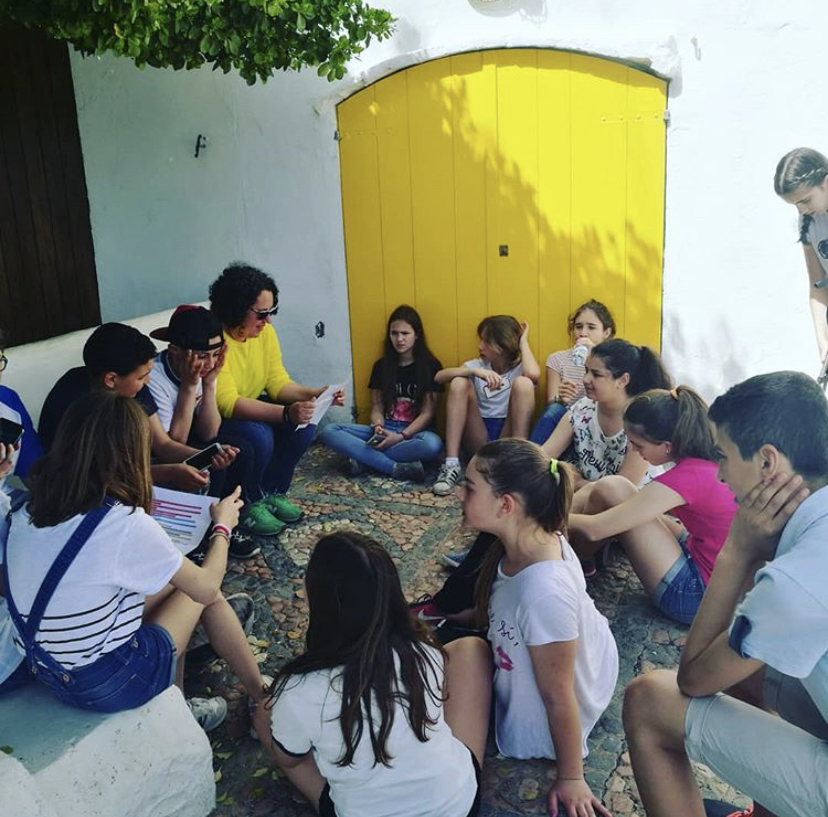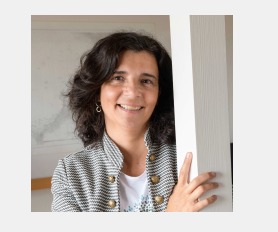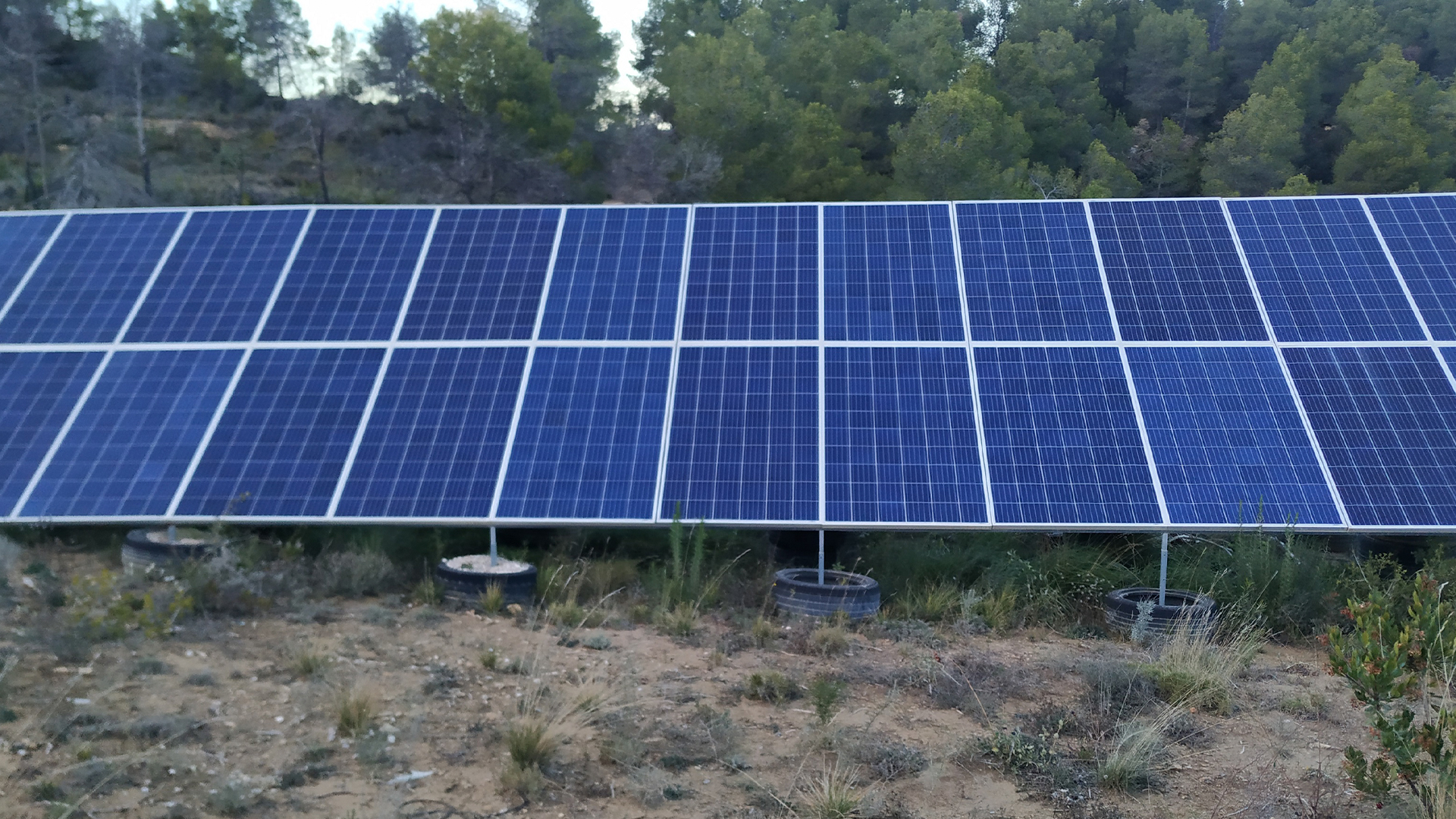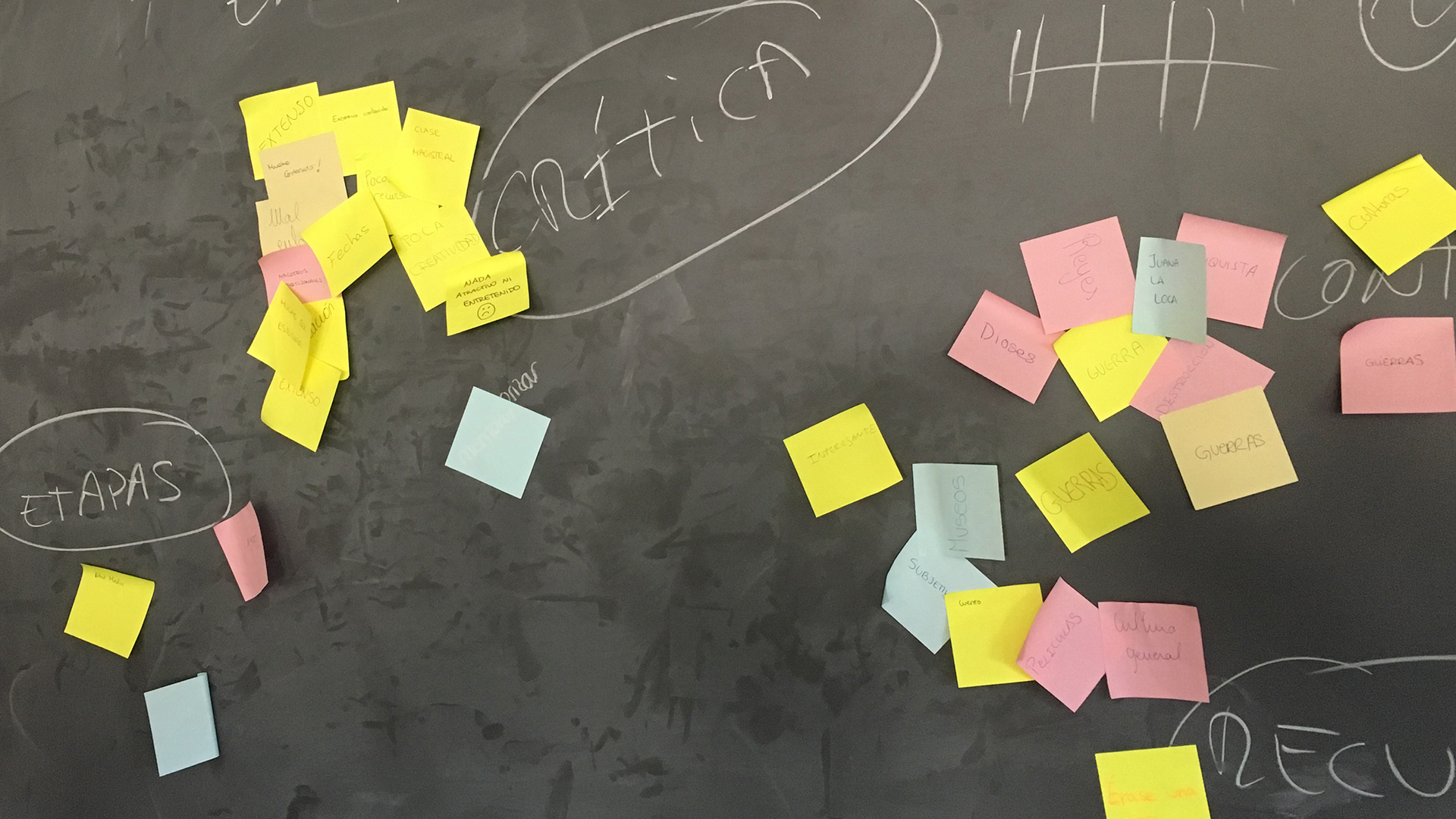Sustainability
Classroom Experience
From bay to bay
Palafrugell, Spain Show map
From Bay to Bay is a project that integrates learnings from different areas and proposes a georeferenced itinerary around several beaches of the Costa Brava. Students create content on biodiversity, sustainability, and cultural and popular heritage. The journey proposes an itinerary that is open to the general public.
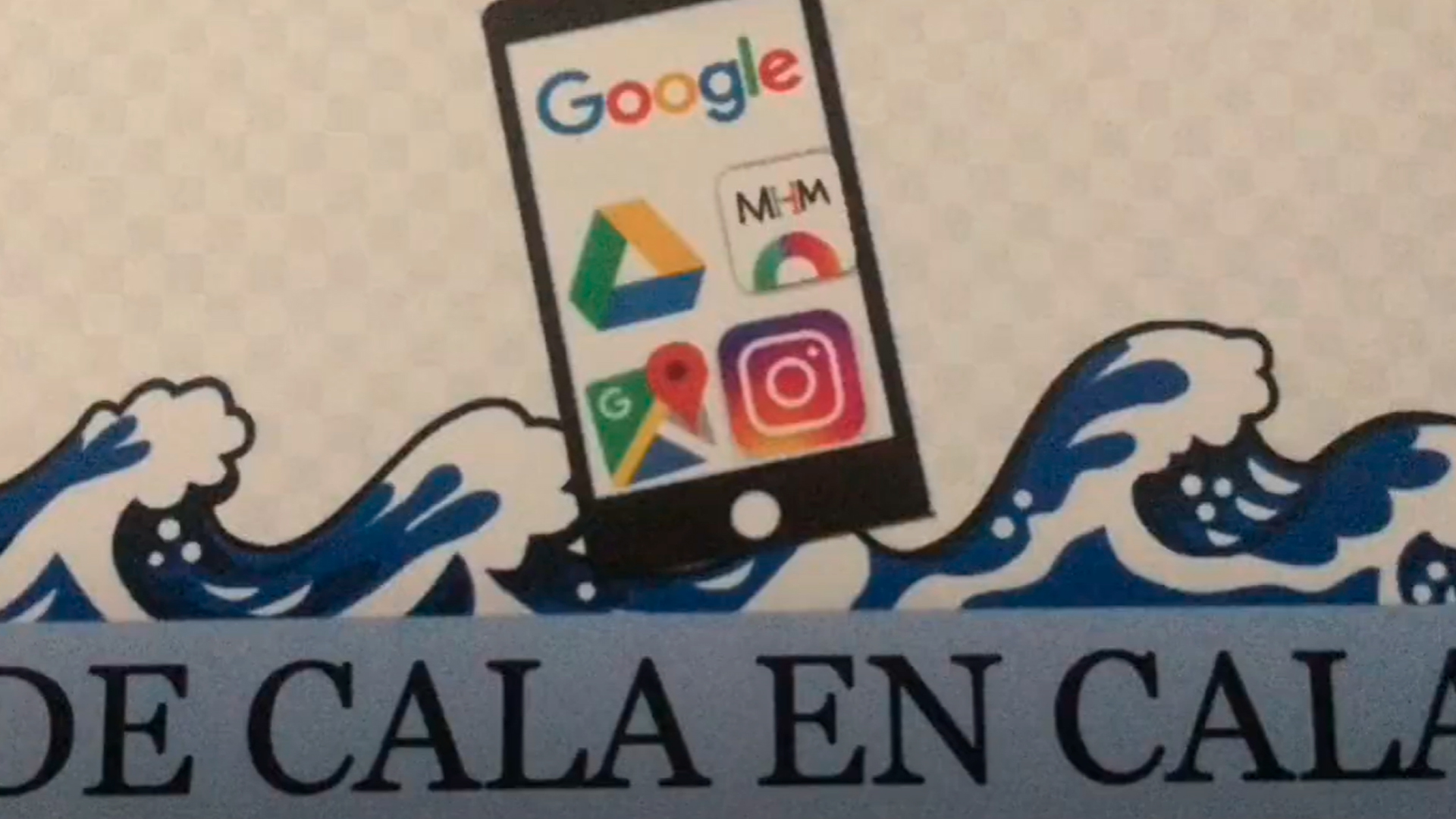

Context
The school in Palafrugell.
Surrounded by a unique cultural and natural heritage, this special place was a necessary framework for teaching and learning.
Not only to facilitate the fieldwork, but also to make students understand the need to value and preserve what we have.
And, after conducting research work in the classroom, the big question guiding the project “From Bay to Bay” arose:
Can we make an alternative itinerary around the beaches?
Highlights...
Starting from georeferencing 5 baysnear the school, students study different areas of interest in each location and propose an alternative itineraries for each.
Both the research and fieldwork are challenging, and students become content creators based on their own research collaboration with external agents.
This work has been georeferenced to the Mobile History Map platform, allowing any person to access the created content through their mobile app.
Objectives
Didactic sequence
1
![]()
Motivation.
Visiting the bay to get to know the cultural, natural, and heritage richness. What do we know? What do we want to know?
2
![]()
Team research.
based on 5 areas of interest: sustainability, biodiversity, music (Havanera), history (fishermen houses), and popular culture (garoinada / sea urchin food event)
Fieldwork
Research work
Experts in the classroom: City council of Palafrugell (Environment), TretzeCultura (Heritage) , Grup Port-Bo (Havanera music)...
Data gathering and analysis
Fieldwork
Research work
Experts in the classroom: City council of Palafrugell (Environment), TretzeCultura (Heritage) , Grup Port-Bo (Havanera music)...
Data gathering and analysis
3
![]()
Creation of content.
Sharing of information. New content is created from the research.
4
![]()
Georeferencing.
Work with the Mobile History Map platform:
Selection of information
Uploading of content
Creating multimedia material: videos, audios, posters, quiz games…
Selection of information
Uploading of content
Creating multimedia material: videos, audios, posters, quiz games…
5
![]()
Project closure.
Evaluation, assessment. Public presentation to the community and celebration.
Assessment and conclusions
Successes
The opportunity to share and spread the knowledge generated in the classroom.
The connection between the learnings in the classroom and outside during fieldwork.
The Student Awards recognizing the project was stimulating for both students and teachers.
Things to improve
It is necessary to narrow down the learning objectives. It was such a big project that we found it difficult to focus.
It is important to bear in mind that the project requires a lot of fieldwork (outings, flexible schedules, etc.
The project was spread throughout the school community, not only the school setting but also the families and their environment. We greatly value projects that go outside the classroom and create synergies with the environment to enrich learning.
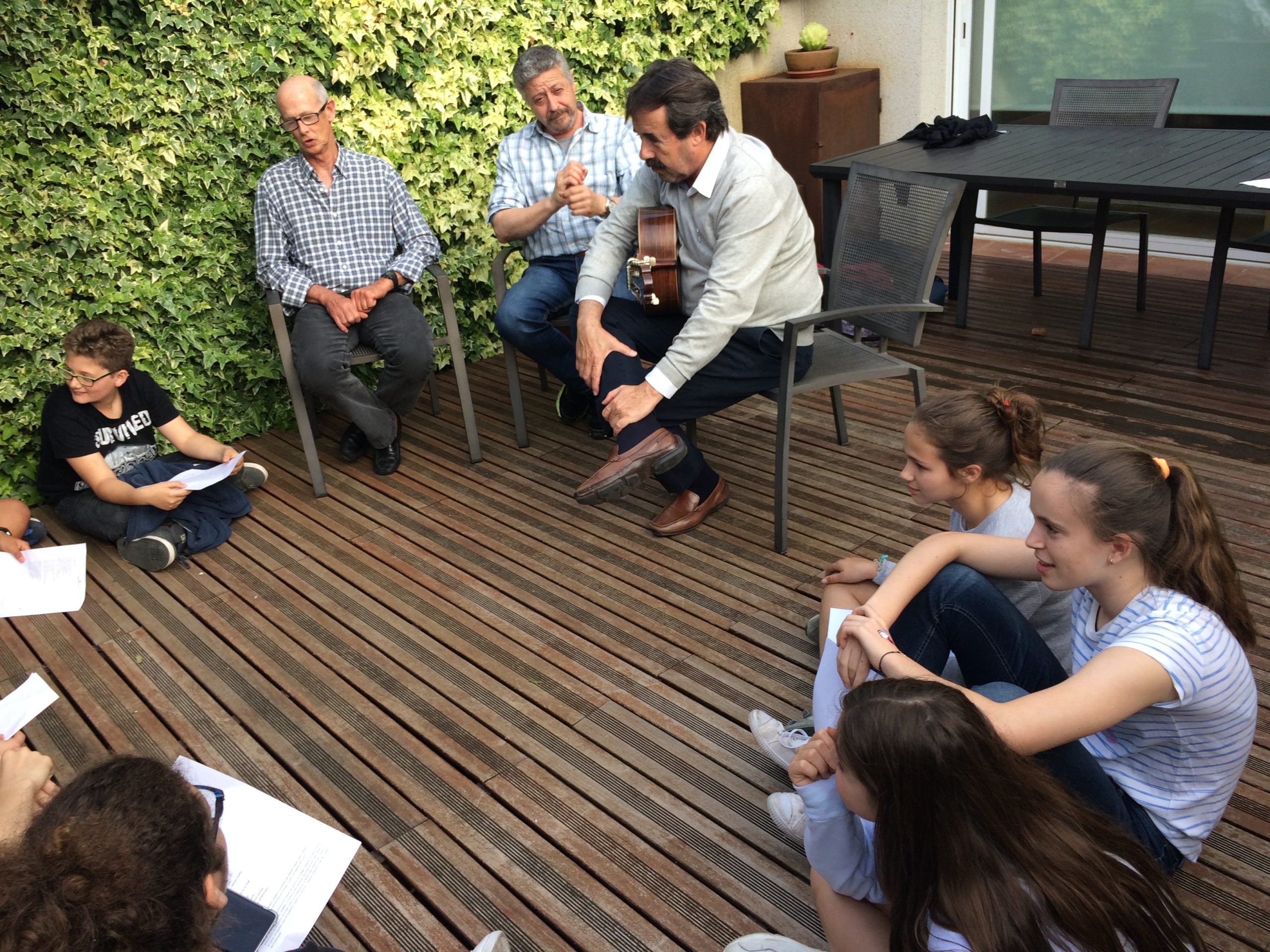
Take this experience to your classroom!
Tips to adapt the experience to your classroom
1
Ask yourself
Can we take advantage of the environment to enrich learning? Is our school near a cultural, historical, social, or natural heritage?
2
What learnings do we have in mind for our students?
What do we want them to learn? What perspective do we include in their learning? (a social, topic-based, or a more holistic perspective)?
3
Think
It is important to think about the methodology of work in the classroom (teams, globalized work), about the “tasks” to solve and the challenge that will guide our research.
4
To success
In order for the globalized work and fieldwork to be successful, it is important to make schedules more flexible, to decompartmentalize the areas and content, and to plan outings to carry out research and visits from external agents.
Links
Technical links

